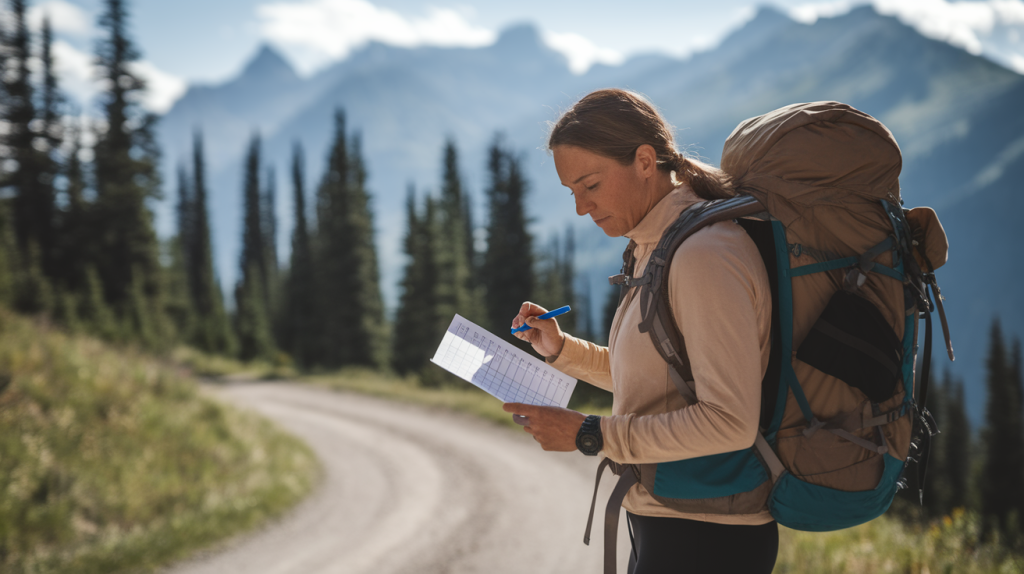The Pacific Crest Trail stretches over 2,650 miles from Mexico to Canada, testing hikers with tough terrain, wild weather, and long stretches without resupply.
If you’re planning a thru-hike or just a section, your gear plays a huge role in your success.
The right setup can mean the difference between a smooth hike and a constant struggle.
From desert heat to snowy passes, the PCT demands gear that works.
This guide gives you a complete, trail-tested gear list.
This helps you cover everything from backpacks and shelters to clothing, cooking gear, safety tools, and more.
You’ll also find ultralight tips and personal recommendations to help you pack smart for your style and goals.
Let’s break it down so you’re ready to hit the trail with confidence.
Why Your Gear Can Make or Break Your PCT Hike?
Choosing the right gear isn’t just about comfort.
It’s about safety, endurance, and your overall experience on the trail.
- The PCT covers extreme environments, from scorching deserts to snowy alpine passes, and your gear must adapt to all of it.
- Long stretches without resupply mean you must carry essentials without overloading your pack.
- A poor gear setup can lead to injuries, fatigue, or quitting the trail altogether.
- Reliable equipment boosts confidence and lets you focus on hiking, not fixing or replacing broken gear.
- Lightweight, durable items reduce physical strain and help you maintain mileage goals.
- Weather on the PCT is unpredictable; being prepared keeps you dry, warm, and protected.
- Efficient systems for shelter, sleep, and food can turn tough sections into manageable ones.
Now that you understand how critical the right gear is, let’s go over the complete list of what you’ll need for a successful PCT hike.
Complete Pacific Crest Trail Gear List for Backpackers
Packing for the Pacific Crest Trail means striking a balance between weight, durability, and versatility.
This section breaks down every major gear category you’ll need to complete the trip.
1. Backpack
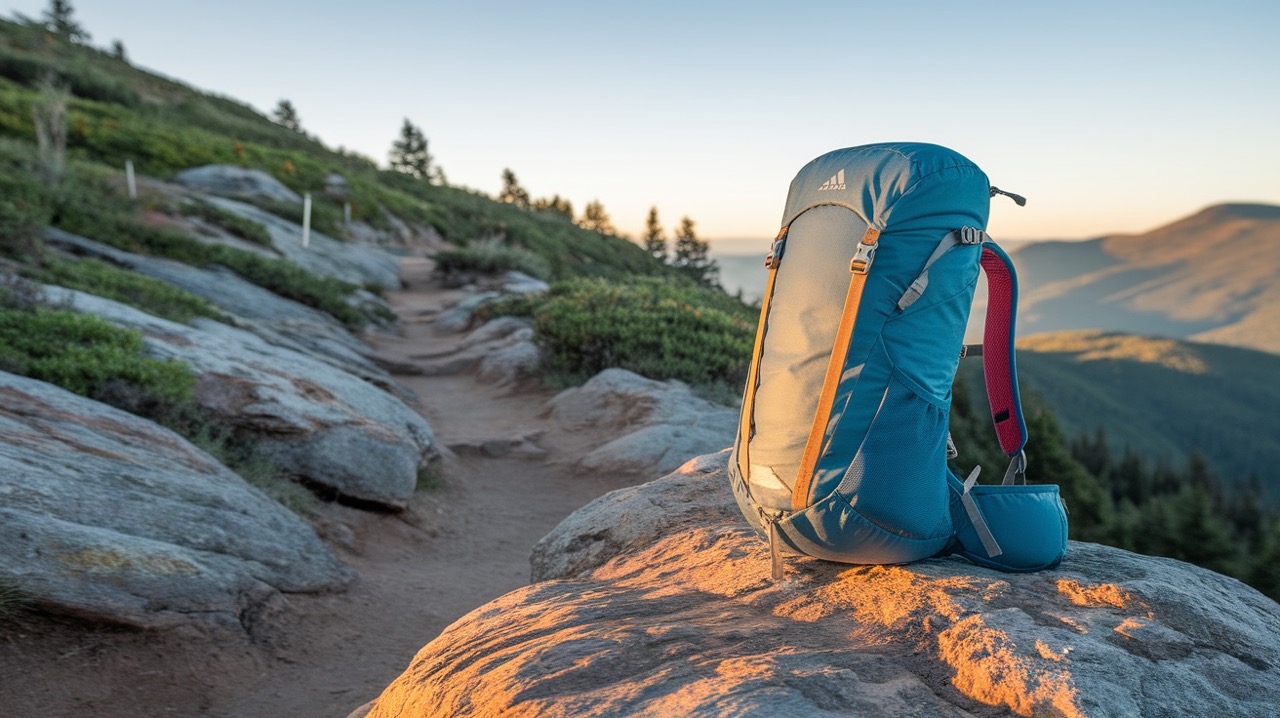
- Framed Backpack (2.5–3 lbs): Provides better support for loads over 20 lbs, essential for long stretches without resupply.
- Rain Cover (0.3 lbs): Keeps contents dry in wet weather, especially critical in the Sierra and Washington sections.
- Pack Liner or Trash Compactor Bag (0.1 lbs): Acts as a secondary layer of waterproof protection inside your pack.
2. Shelter
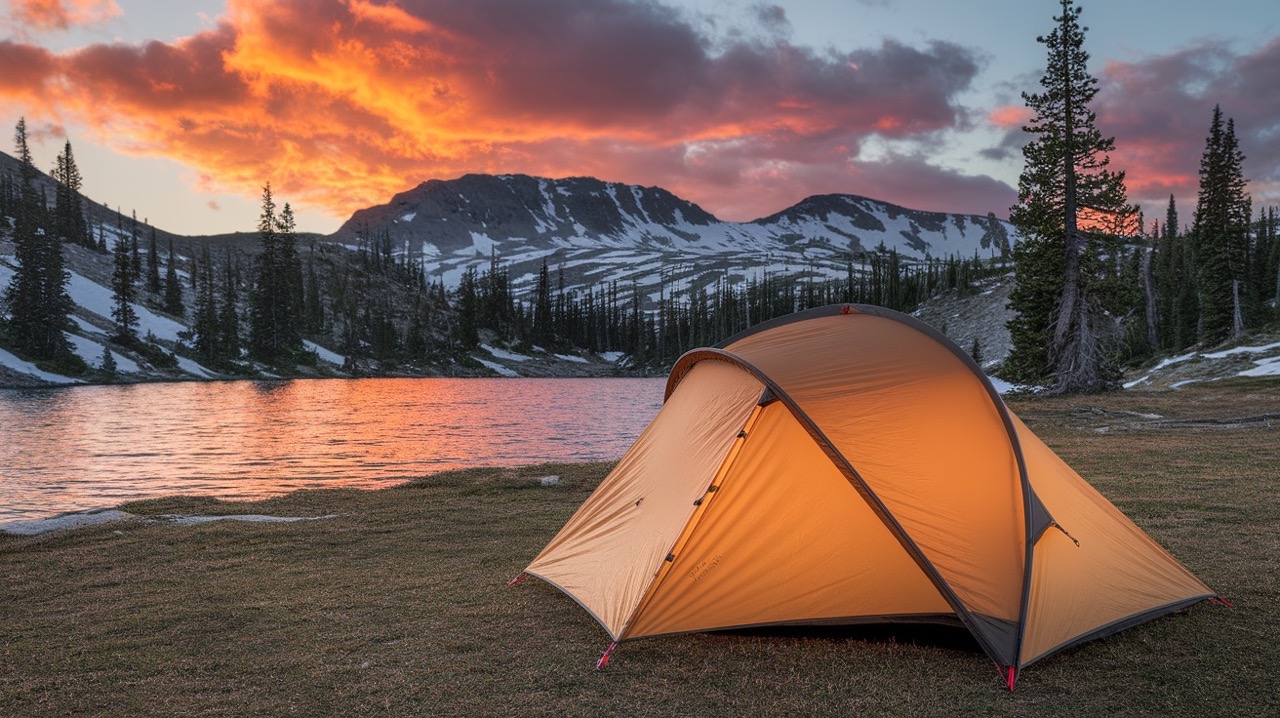
- Ultralight Tent (1.5–2.5 lbs): Offers full protection and space for solo or duo hikers; freestanding options make setup easier.
- Tarp Shelter (1–1.5 lbs): Lightweight, minimalist, and great in dry climates; requires good site selection and staking.
- Bivy Sack (0.5–1 lb): Excellent for cowboy camping and fastpacking; adds warmth and bug protection when paired with a tarp.
- Groundsheet (0.3 lbs): Keeps your sleeping gear dry and clean by creating a barrier between you and the ground.
3. Sleep System
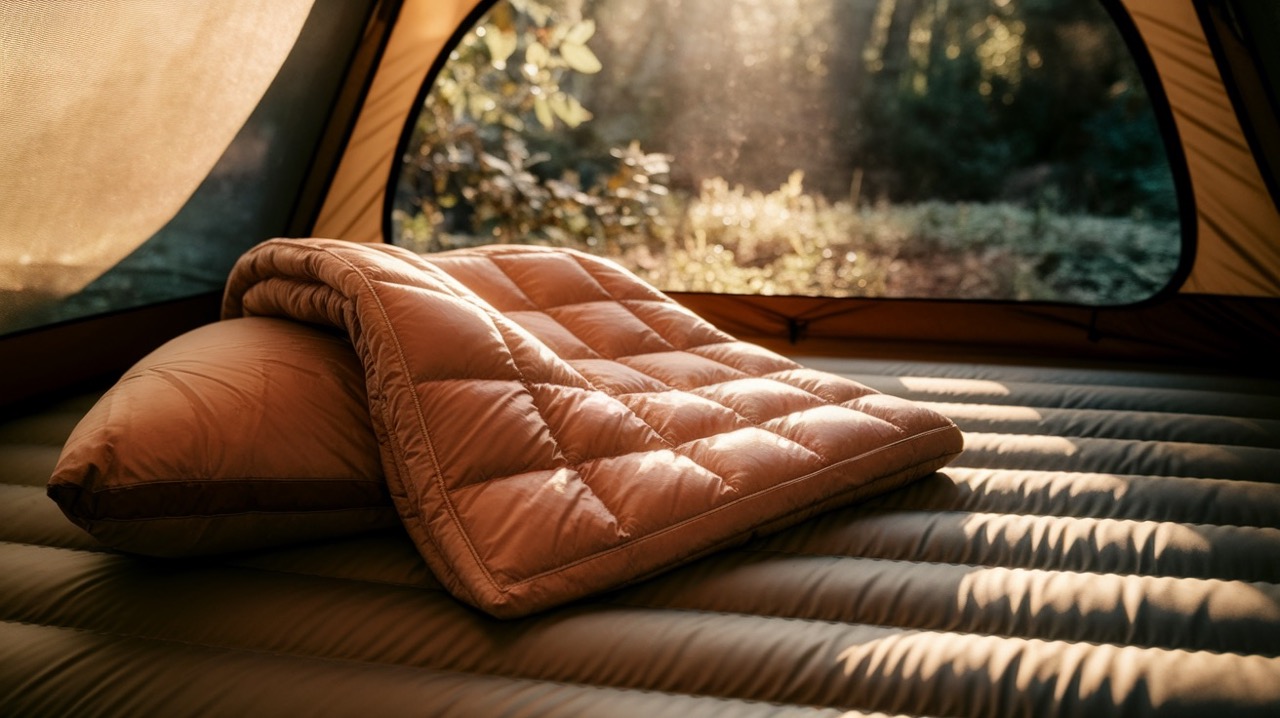
- Down Quilt (1.2–1.8 lbs): Lighter than sleeping bags, great for warm sleepers, and compresses smaller.
- Sleeping Bag (1.5–2.5 lbs): Better for colder conditions; mummy shape offers better heat retention.
- Sleeping Pad (0.9–1.5 lbs): Provides insulation and comfort from the ground; inflatable pads are lighter, foam pads are more durable.
- Stuff Sack or Dry Bag (0.2 lbs): Keeps your sleep system organized inside your bag.
4. Clothing Style

- Base Layer Shirt (0.3 lbs): Moisture-wicking and breathable for all-day wear.
- Hiking Pants or Shorts (0.4–0.6 lbs): Quick-drying fabric is essential for river crossings and sweat.
- Insulated Jacket (0.9–1.2 lbs): Down or synthetic options for warmth during chilly nights or rest breaks.
- Rain Jacket and Pants (1–1.5 lbs total): Lightweight yet reliable against wind and rain.
- Wool Socks (0.1 lbs/pair): Reduces blisters and dries quickly; carry at least two pairs.
- Sun Hat and Buff (0.2 lbs): Shields face and neck from sun exposure.
- Gloves and Beanie (0.3 lbs total): Vital in high areas and shoulder seasons.
- Winter Clothes (variable): Fleece or thermal layers for snowy sections like the Sierra in early season.
5. Footwear
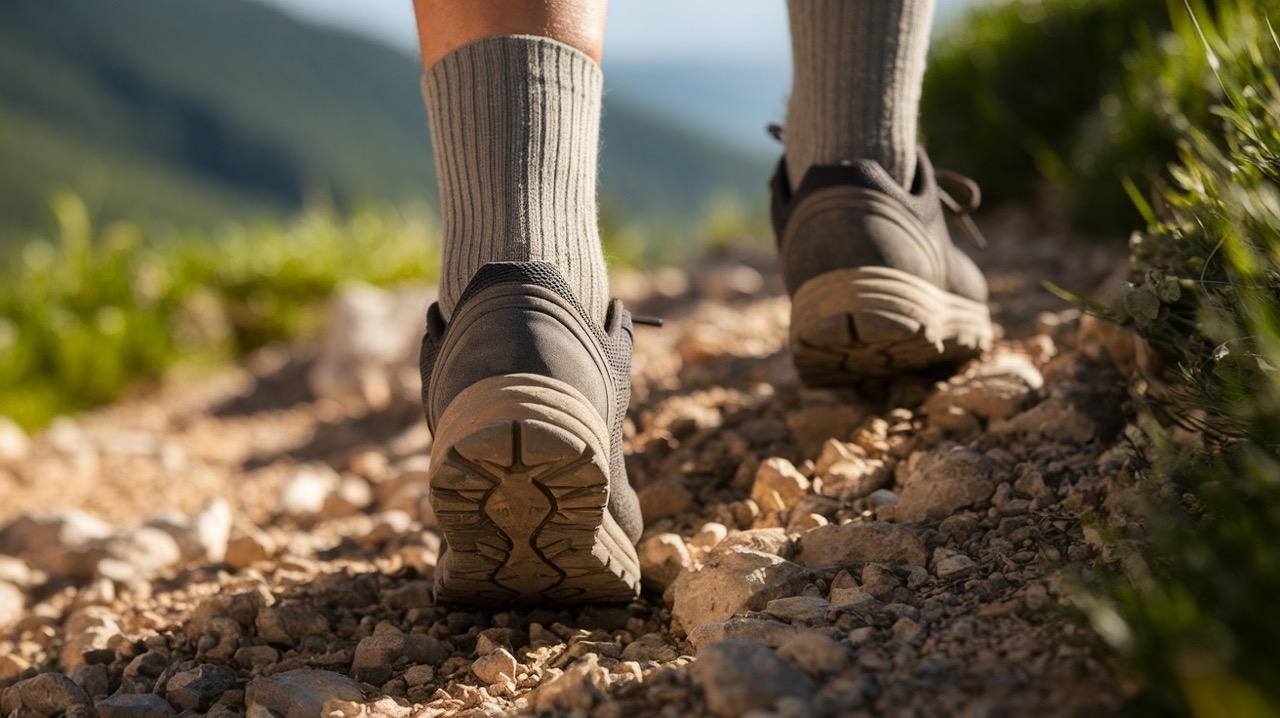
- Trail Runners (1.5–2 lbs/pair): Lightweight, fast-drying, and suitable for most trail conditions.
- Microspike Shoes (0.7–0.9 lbs): Optional but crucial for snow-covered or icy sections in high passes.
- Camp Shoes (0.9 lbs): Allows feet to breathe and recover at camp; useful for water crossings.
- Gaiters (0.2 lbs): Keeps dirt, snow, and rocks out of your shoes.
- Spare Socks (0.1 lbs/pair): Keeps your feet dry, helps prevent trench foot and blisters.
6. Cooking System
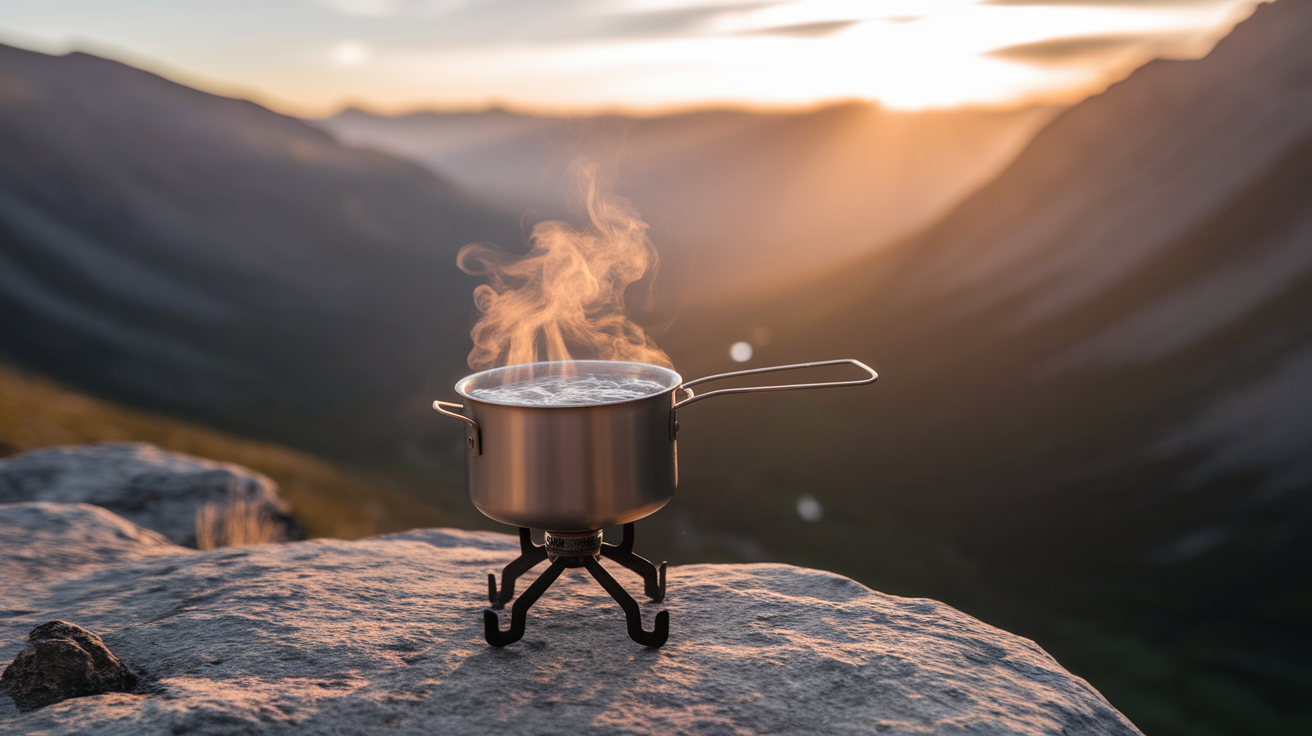
- Canister Stove (0.2 lbs): Quick, easy to use, and great for boiling water.
- Titanium Pot (0.3 lbs): Lightweight and durable; doubles as a cup or bowl.
- Fuel Canister (0.6 lbs): Standard for most stove systems; bring extra for remote stretches.
- Spoon or Spork (0.05 lbs): Durable utensil; avoid plastic ones that snap easily.
- Lighter and Waterproof Matches (0.1 lbs): Backup ignition is always a good idea.
7. Water Treatment
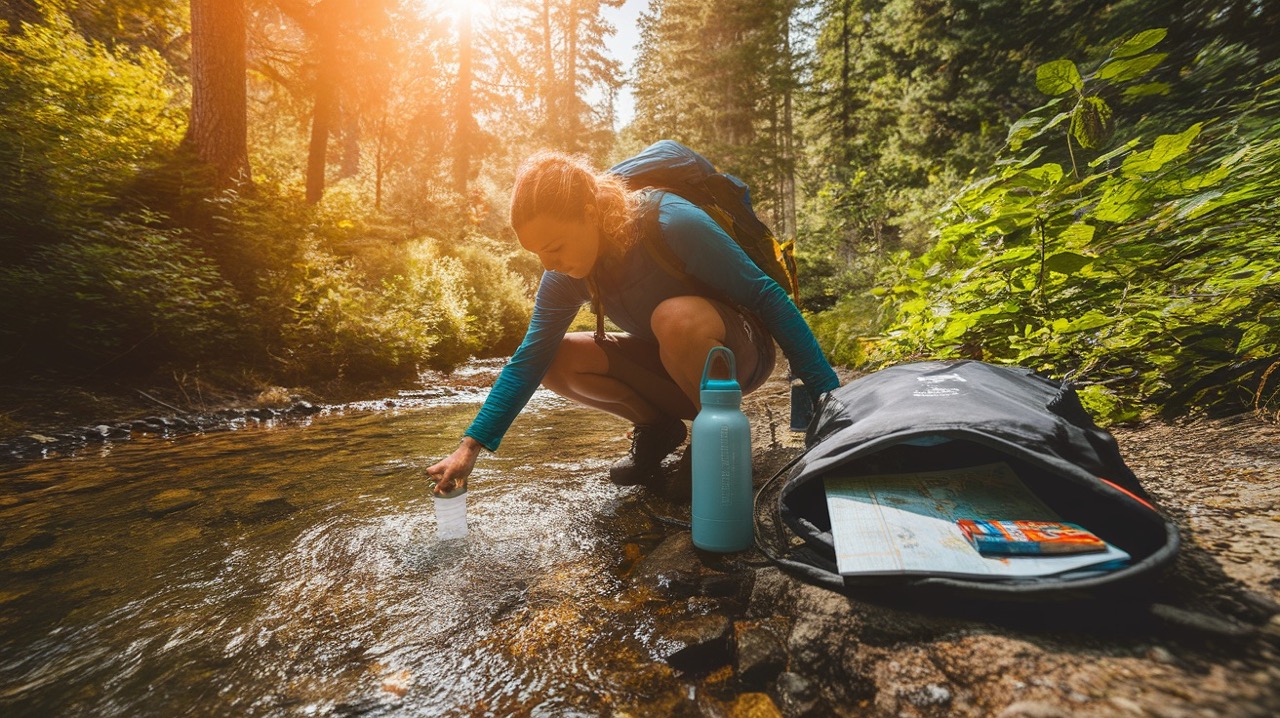
- Squeeze Filter (0.2–0.3 lbs): Lightweight, effective, and field-cleanable.
- Backup Tablets (0.05 lbs): Compact and reliable in case of filter failure.
- 2–4L Water Capacity (0.5–1 lbs full): Sufficient to carry through long dry stretches; collapsible bottles save space.
8. Navigation and Electronics
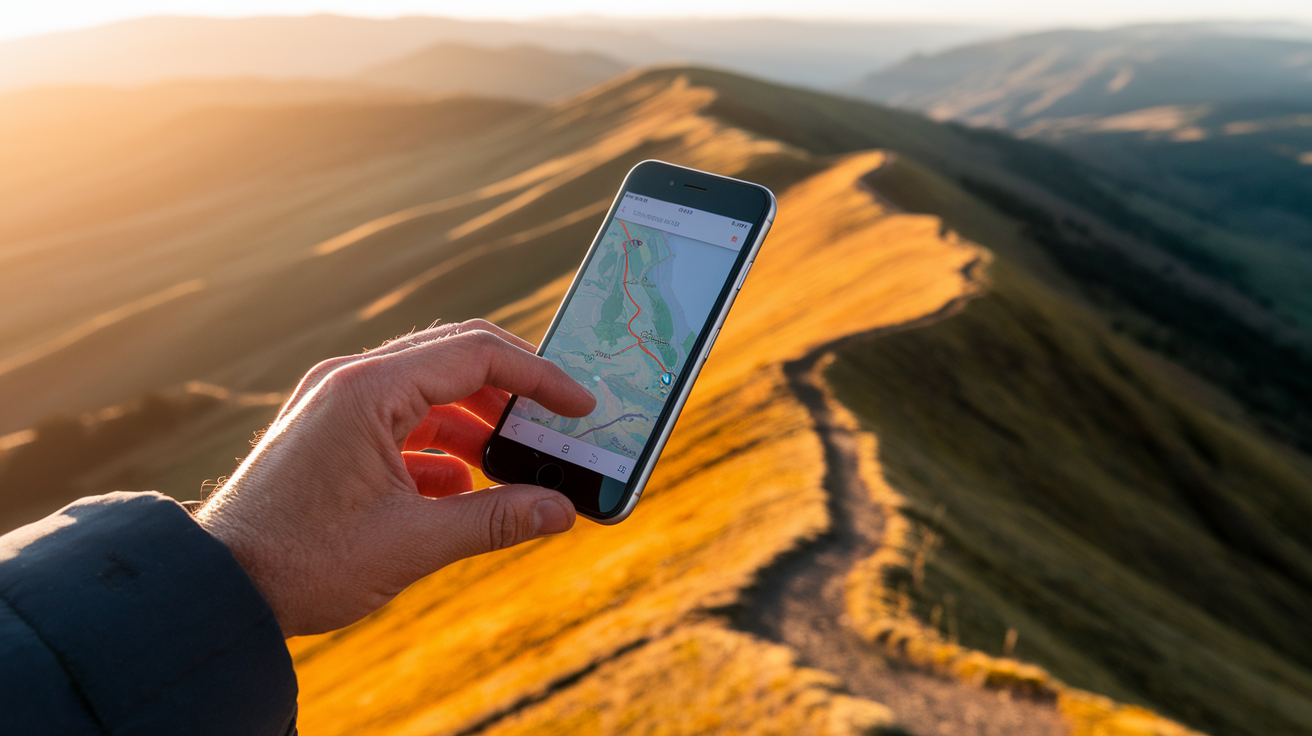
- Smartphone with GPS App (0.4 lbs): Gaia GPS or FarOut app for trail data and they also help with town info (hostels, food).
- Battery Bank (0.6–1 lbs): 10,000–20,000 mAh capacity keeps phone, headlamp, and watch charged.
- Charging Cables (0.1 lbs): Bring spares in case of failure.
- Headlamp (0.2 lbs): Essential for night hiking and setting up camp after dark.
9. Safety Items
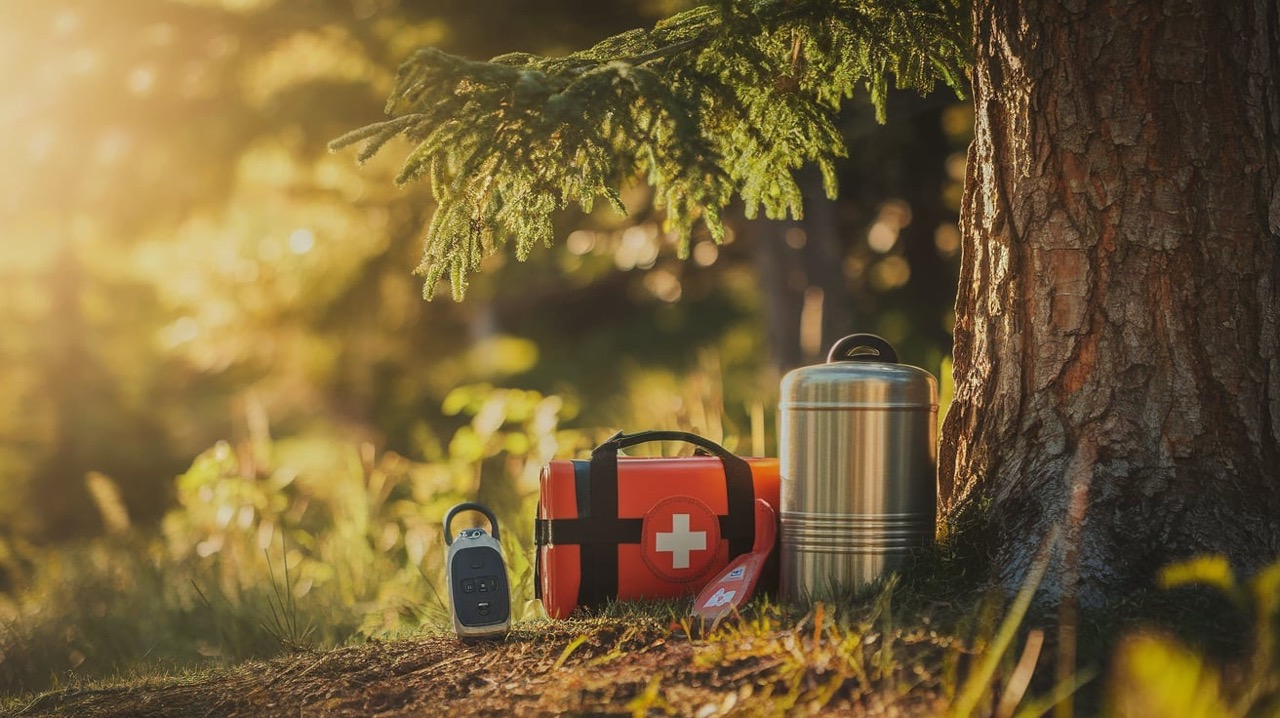
- First Aid Kit (0.3 lbs): Customizable with blister care, pain meds, and bandages.
- Personal Locator Beacon (0.3 lbs): SOS device with satellite capabilities—non-negotiable in remote areas.
- Bear Canister or Ursack (2–3 lbs): Required in certain sections (e.g., Sierra); stores food and scented items safely.
- Emergency Blanket (0.2 lbs): Adds warmth or shelters during an unexpected night out.
- Flare Gun (0.5–1 lbs): Additional emergency signaling device in extreme situations.
10. Food Storage & Carrying
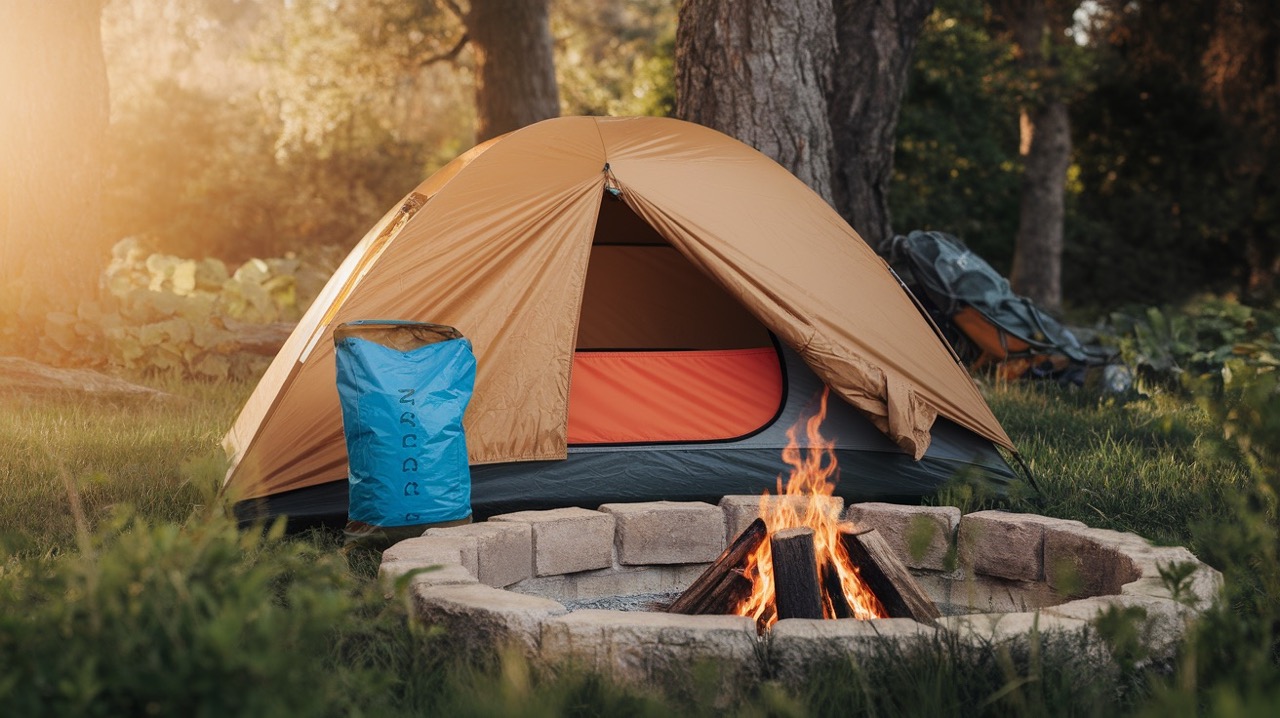
- Odor-Proof Bags (0.2 lbs): Keeps smells contained and critters away.
- Food Bag or Dry Sack (0.3 lbs): Durable and easy to hang if needed.
- Spoon or Long-Handle Utensil (0.05 lbs): Ideal for eating directly from freeze-dried meal bags.
11. Hygiene & Sanitation
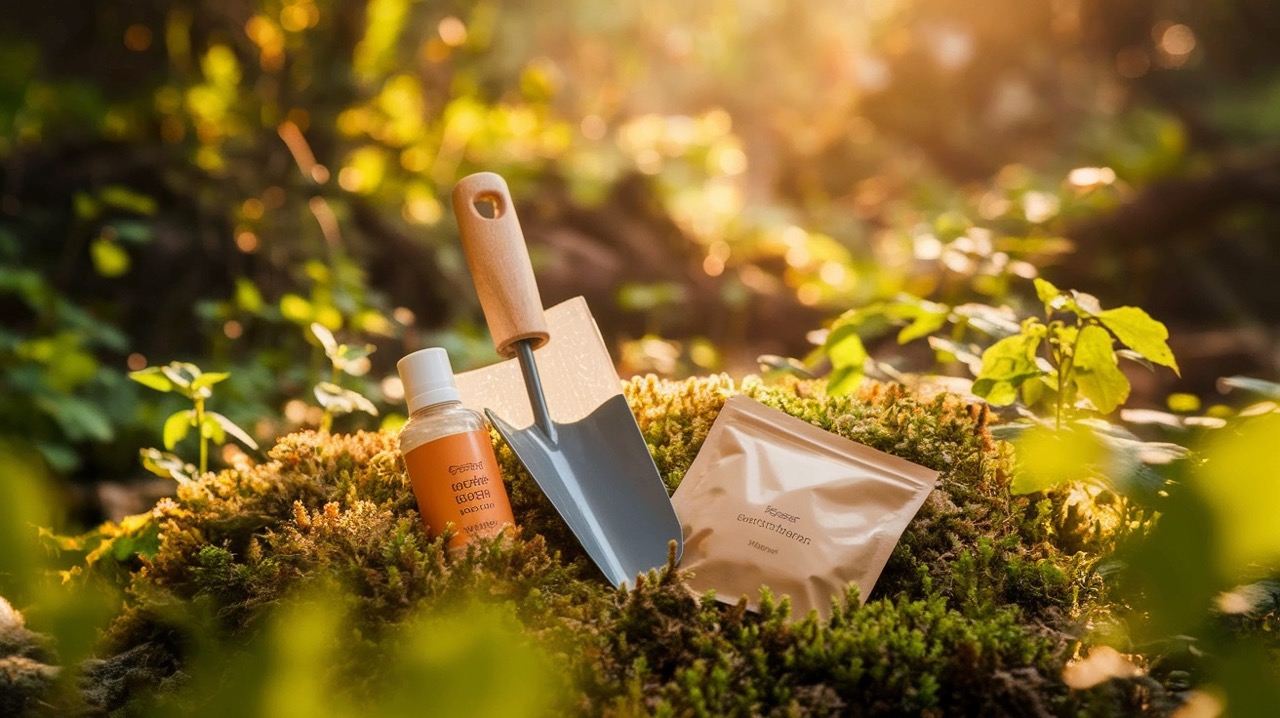
- Trowel (0.1 lbs): For digging catholes—Leave No Trace standard.
- Toilet Paper and Wipes (0.2 lbs): Essential for hygiene, stored in a zip bag.
- Hand Sanitizer (0.1 lbs): Use after every bathroom break and before meals.
- Toothbrush and Paste (0.1 lbs): Travel-sized and light for daily dental care.
- Menstrual Products (variable): Choose compact and trail-friendly options like menstrual cups.
12. Bug Protection
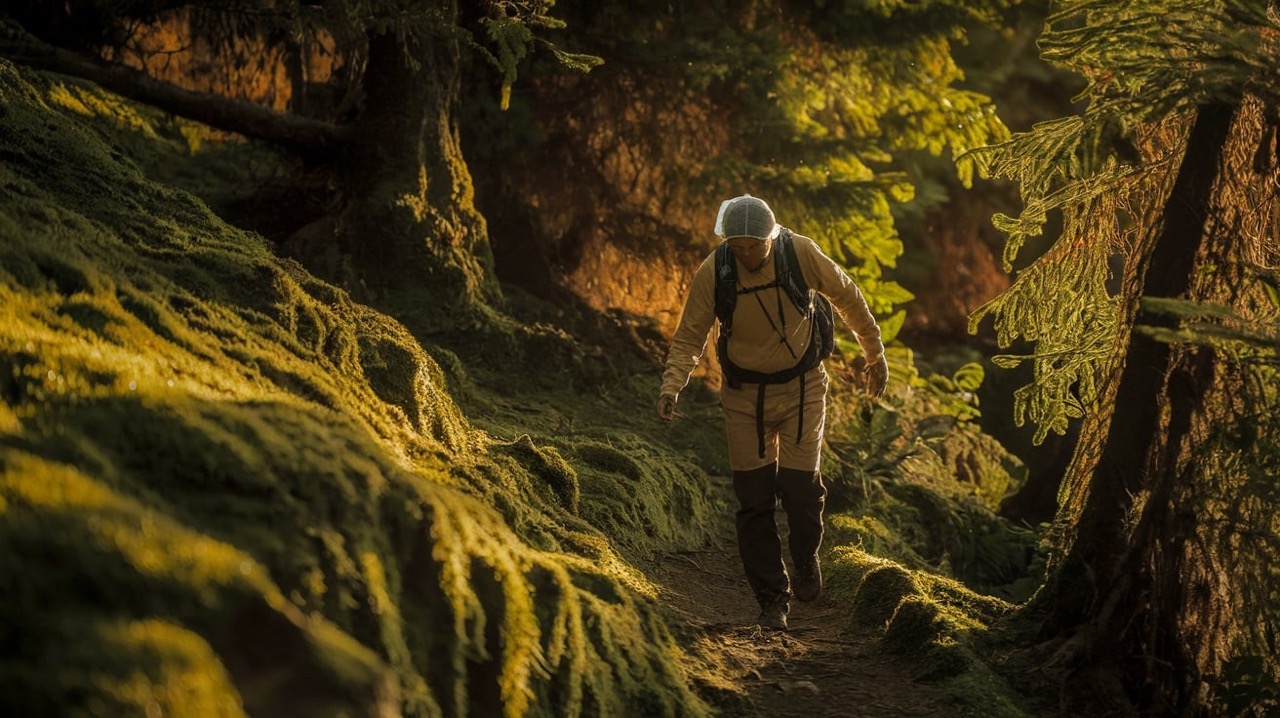
- Head Net (0.1 lbs): Worn over your hat to block mosquitoes and flies.
- Permethrin-Treated Clothing (variable): Pre-treated shirts, pants, and buffs keep bugs at bay.
- Insect Repellent (0.2 lbs): DEET or picaridin sprays work best; lotion versions last longer.
13. Miscellaneous Items
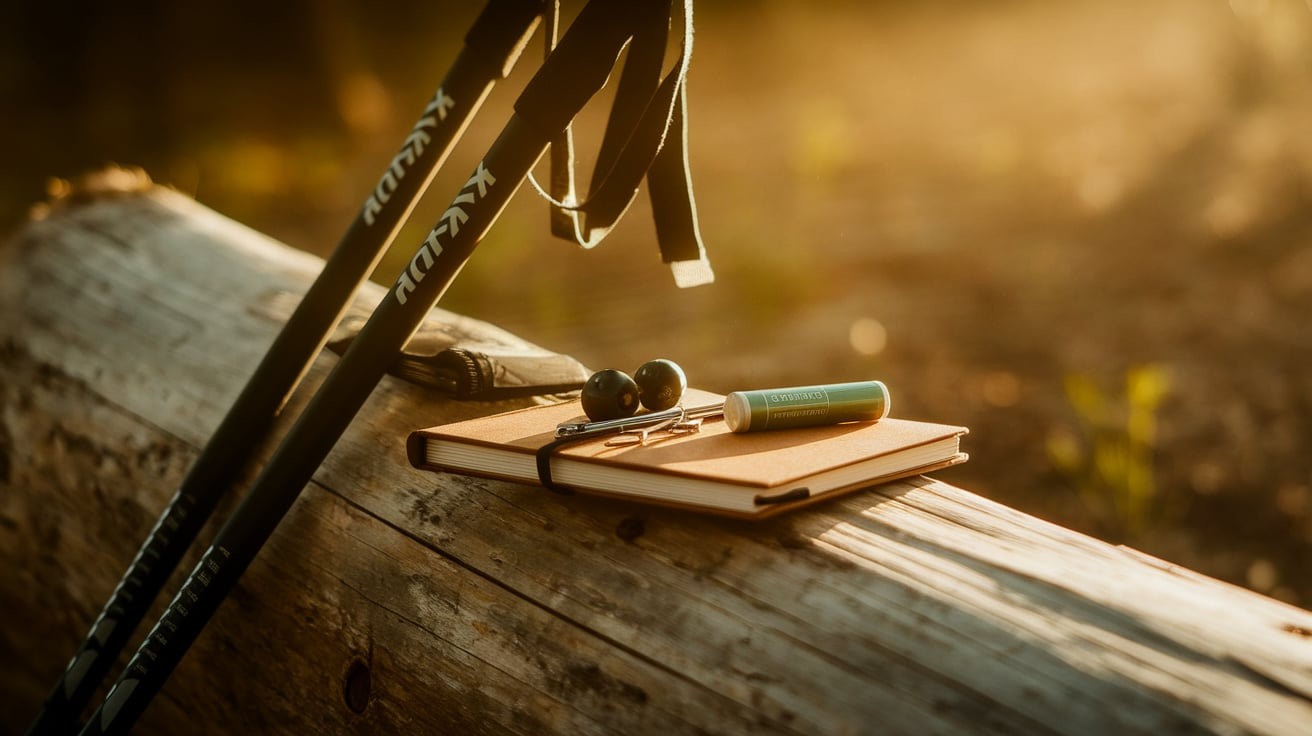
- Knife or Multitool (0.2–0.4 lbs): Handy for repairs, food prep, and safety.
- Trekking Poles (1.2 lbs/pair): Reduce knee strain and help with balance on tough terrain.
- Sunscreen and Lip Balm (0.2 lbs): Prevent burns and chapped skin in high exposure areas.
- Notebook or Kindle (0.5 lbs): For journaling or downtime reading.
- Earplugs (0.05 lbs): Useful in noisy campsites or windy nights.
- Mental Health / Morale Boosters (variable): A photo, playlist, or journal can lift spirits during low moments.
14. Resupply & Logistics

- Resupply Plan (no weight): Decide between mailing boxes or buying along the way.
- Ziploc Bags and Labels (0.3 lbs): Organize food, toiletries, and resupply box contents.
- Town Clothes (1–1.5 lbs): A clean, lightweight set for laundry day and errands.
15. Trash Management
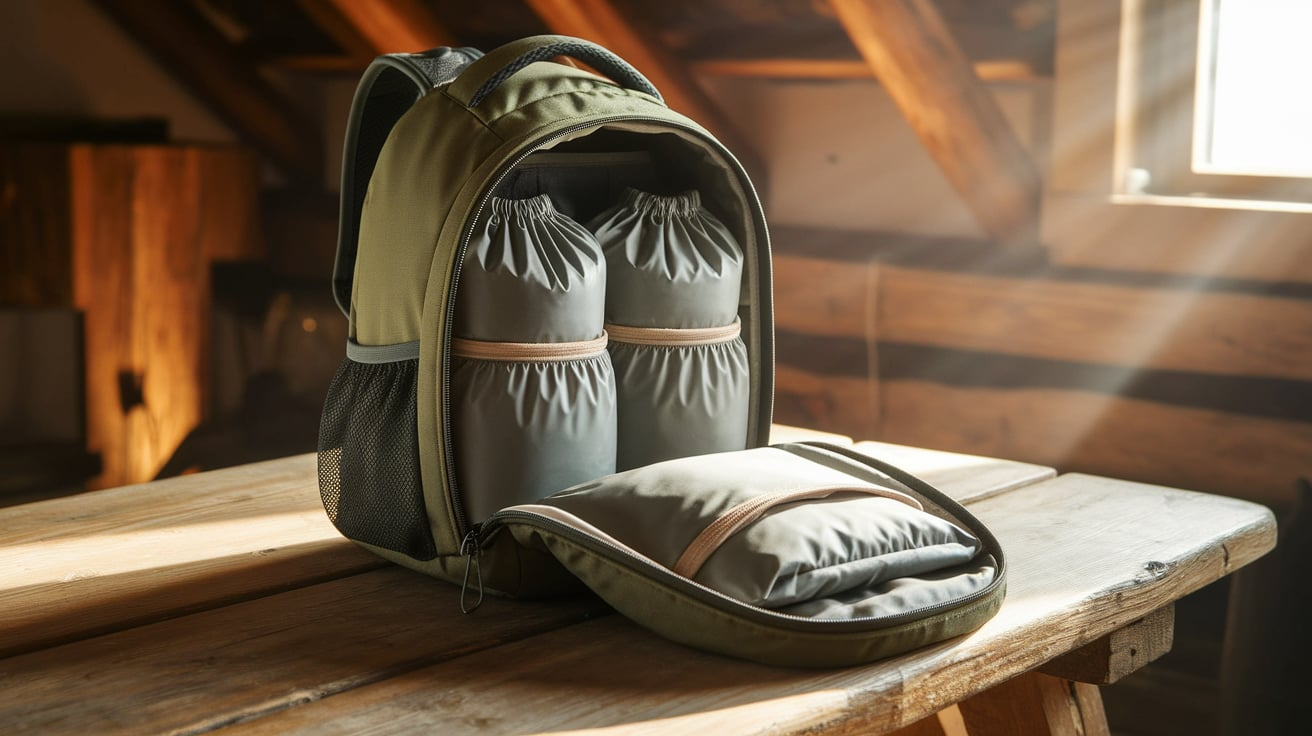
- Dedicated Trash Bag (0.2 lbs): Odor-proof and resealable for storing waste.
- Spare Zip Bags (0.1 lbs): Useful for wrappers, used wipes, or hygiene waste.
- Rubber Bands or Clips (negligible): Helps keep trash bag sealed and pack organized.
- Having a smart resupply strategy keeps you fueled, focused, and on track throughout your hike.
Weight and Ultralight Tips
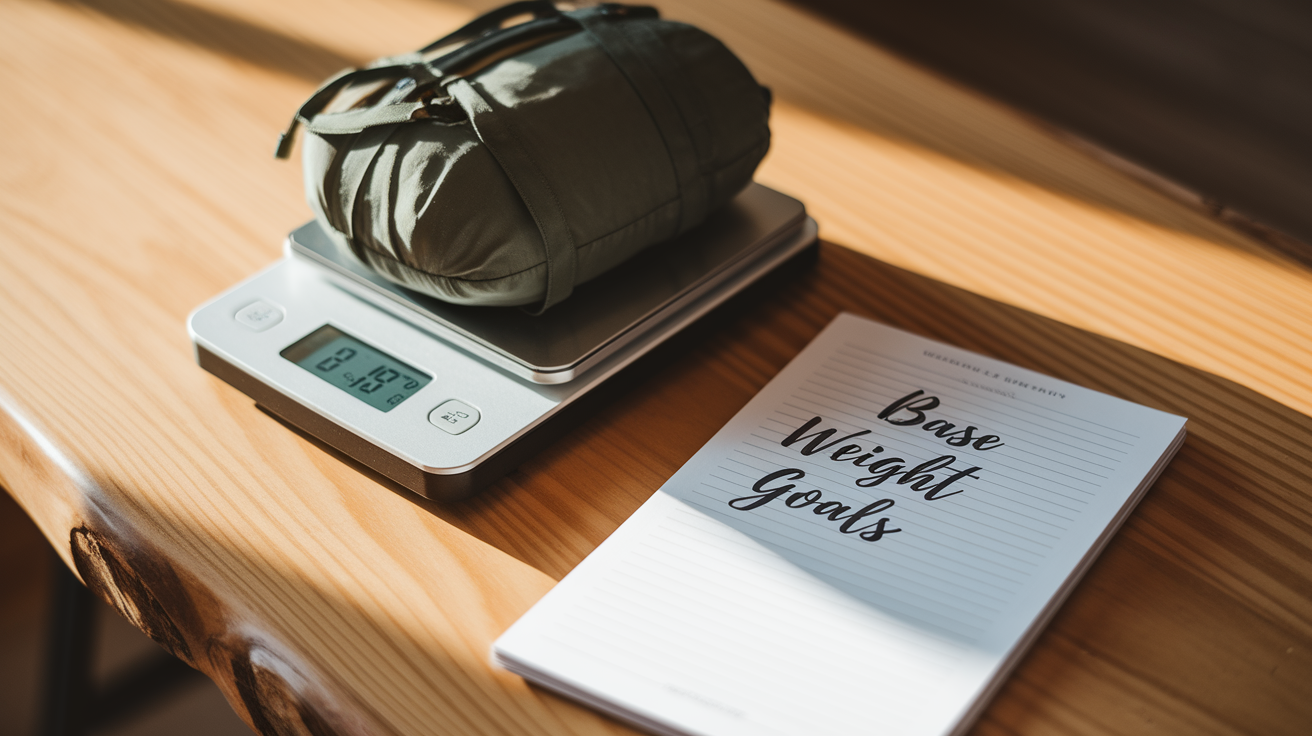
Going lighter means moving faster, recovering better, and reducing wear on your body.
These tips can help you shed pounds without sacrificing safety or comfort.
- Swap a sleeping bag for a quilt to save up to 0.7 lbs
- Use a foam pad instead of an inflatable one to cut 0.6–0.9 lbs
- Ditch camp shoes and use insoles for river crossings to drop 0.9 lbs
- Minimize electronics; bring a 10,000 mAh battery instead of a 20,000 to reduce 0.4 lbs
- Trim down the first aid kit to essentials only, saving 0.2 lbs
- Opt for tarp + bivy instead of a tent, reducing shelter weight by 0.5–1 lb
- Try to resupply items to not to carry unnecessary items. Read more about PCT Resupply here.
A few smart swaps and discipline can easily shave 2-3 pounds from your base weight.
Recommendations and Alternatives
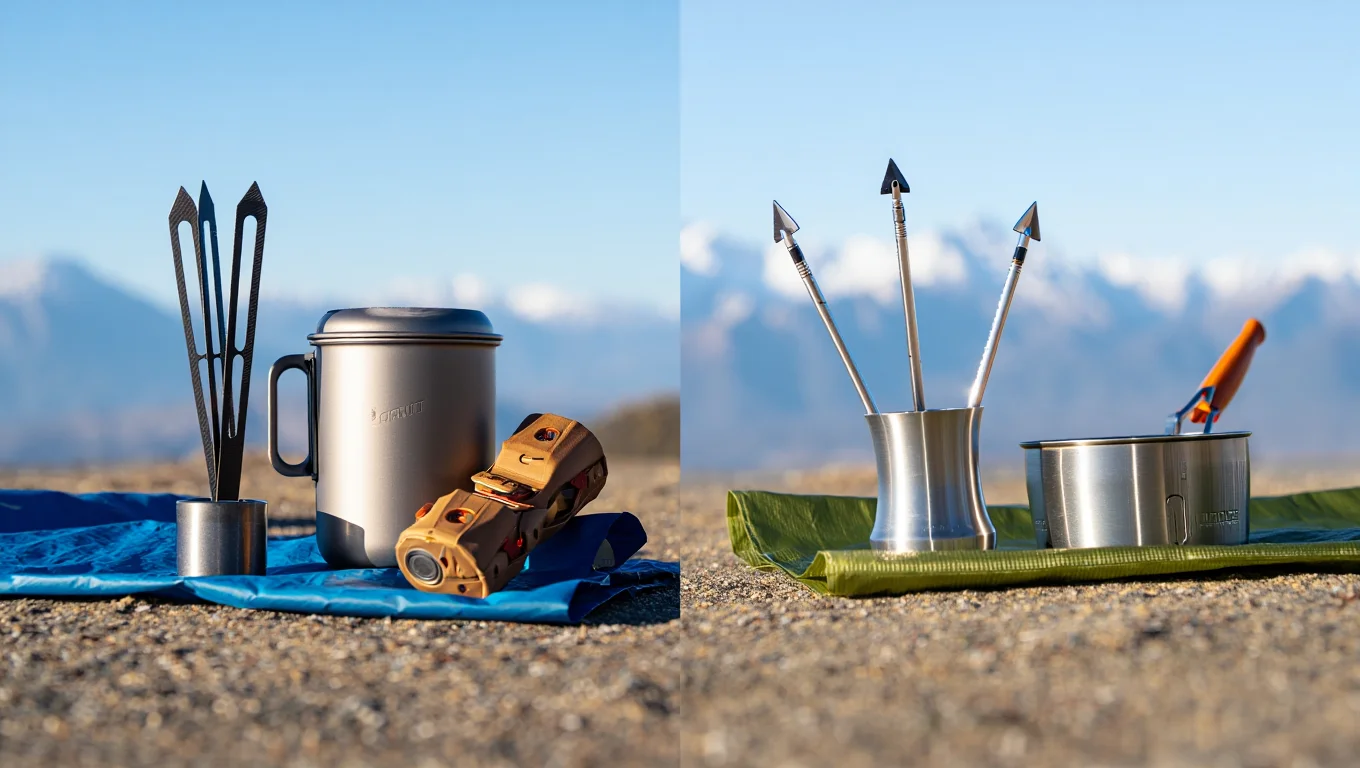
Not all gear fits every hiker’s budget, style, or region.
Here are trusted picks and their alternatives to consider.
- Backpack: ULA Circuit (2.4 lbs)/ Granite Gear Crown 3 (2.2 lbs)
- Shelter: Zpacks Duplex (1.2 lbs)/ REI Flash 1 (2.5 lbs)
- Sleep System: Enlightened Equipment Revelation Quilt (1.5 lbs)/ REI Magma Sleeping Bag (2.1 lbs)
- Cooking: BRS Ultralight Stove (0.9 oz)/ Jetboil Zip (0.8 lbs)
- Water Filter: Sawyer Squeeze (0.3 lbs)/ Katadyn BeFree (0.2 lbs)
- Shoes: Altra Lone Peak (1.7 lbs)/ HOKA Speedgoat (1.6 lbs)
- Navigation: FarOut app + phone/ Garmin eTrex (0.5 lbs)
Testing gear before the trail ensures it works for your hiking style and conditions.
Choose reliability over hype.
Wrapping It Up
The Pacific Crest Trail demands more than just stamina.
It requires careful planning, and your gear choices will shape every step of your PCT Trip.
When you’re carrying everything on your back for hundreds or thousands of miles, each item matters.
This list isn’t about perfection. It’s about preparation. Use it as a solid foundation, then adapt it to your personal hiking style, pace, and trail conditions.
What works for one hiker in the desert might not suit another in the high Sierra.
Smart packing is the first step toward a successful trek.
Pack smart. Hike strong. Conquer the PCT one step at a time!

